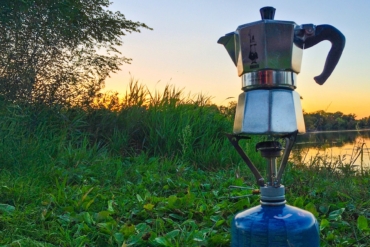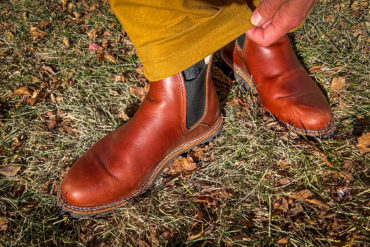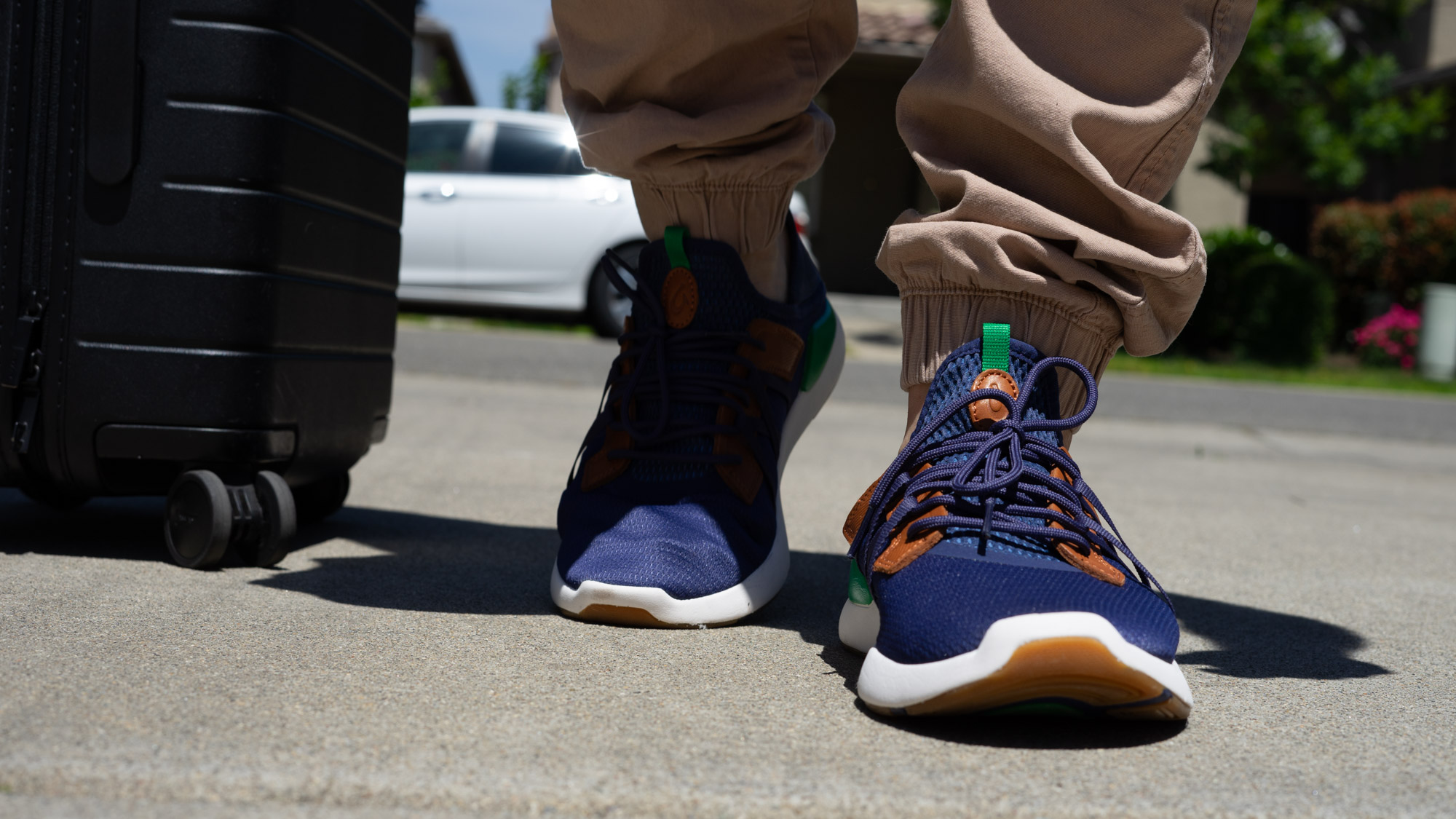Tips: Choose Shoes According To Climbing Type
Different styles of climbing lend themselves to different footwear.
Consider where and how you will use your shoes. In his personal lineup, Kassel has four pairs:
- Gym—soft, downturned
- Traditional—medium stiffness and heel tension
- Cracks—unlined leather, soft
- Long days—stiff, neutral shape, lower heel tension
Gym
If you’re like most people, your climbing career will begin in a gym. Here, a medium stiffness shoe with a slight downturn will be just fine for many of your first sessions while you learn more about the gear from your fellow gym rats.
“When you’re in a gym, you don’t want a shoe that’s too stiff for overhanging features. You would need to put more weight on your feet to activate friction or to feel where your feet are on the hold,” said Kassel.
Bouldering
For bouldering, you want a tight fit for an optimization on performance. You’ll also want to get in and out of the shoes quickly, so a Velcro closure is ideal. Choose stiffer shoes with moderate downturn or medium stiffness shoes with aggressive downturn.
Slab
Slab climbing shoes should be softer to maximize shoe to rock contact for smearing. Having a moderate downturn will help you stand confidently on small holds.
Traditional
Trad climbing tends to be a little less physically difficult, but with longer sustained efforts on the wall. While not the purview of beginners, trad shoes tend to be looser for more comfort on long climbs.
Stiff soles are generally useful on trad routes, which tend to have a lot of cracks that must be jammed. A high cut ankle is a nice feature in cracks, too.
Sport
Sport climbing puts a premium on performance, and shoes only need to be worn for short pitches before they can be taken off at the belay. Thus, tight, aggressively downturned shoes rule the crag.
“Sport climbing tends to be single-pitch in America. You have your shoes on for a half-hour and take them off at the base—so tighter is fine,” said Hare. On a multi-pitch, “Velcro can be nice for taking them off on a ledge to get a break.”
Crack
If you plan to climb a lot of cracks, you want high cut lace-ups with a fairly stiff sole. “Velcro can come lose in the cracks and get in the way,” said Hare.
Overhangs
We’re getting specialized here, but if you expect to climb a lot of overhangs (well look at you big guns!), a softer shoe with medium to high heel tension will help give you the tools you need to keep those feet planted. “Most people that climb a lot of overhangs like a softer shoe that fits their heel really well for heel hooking,” said Hare.
Climbing shoes are specialized footwear, and change quickly from year to year. Once you’ve got the basics, talk with other climbers, visit shops and crags, and expand your knowledge to learn which shoes fit you and your climbing style best.







